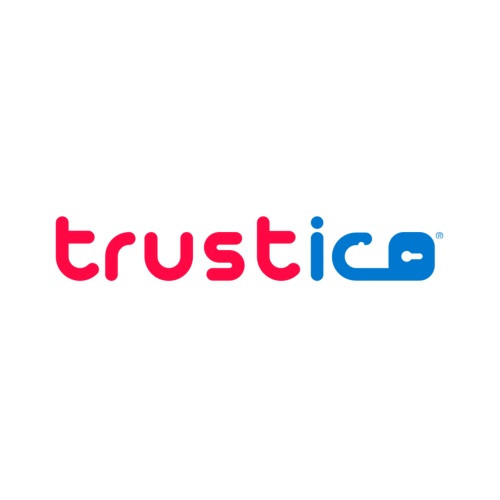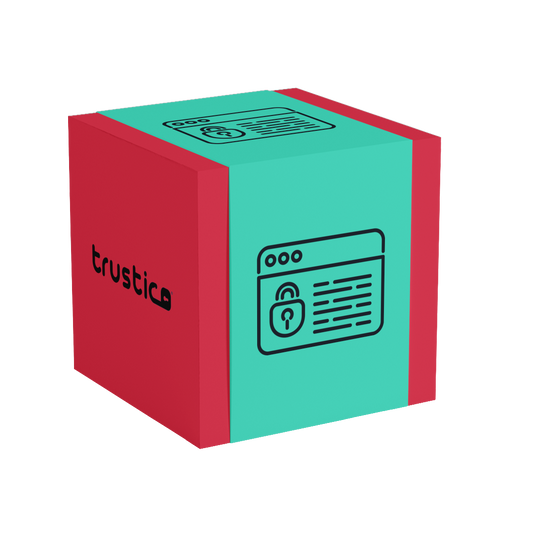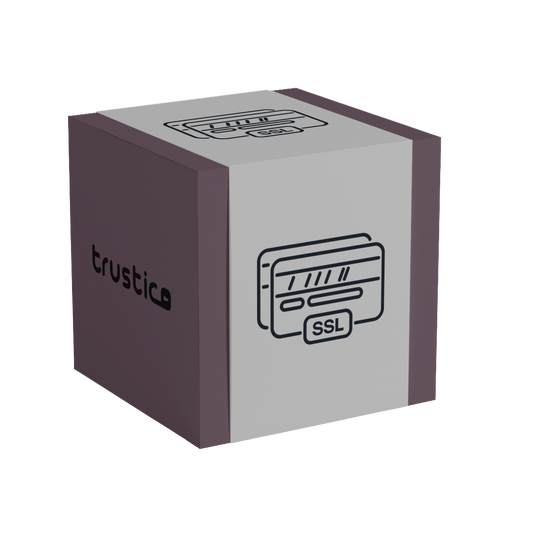Purchase Order Information

WHOIS for SSL Certificate Validation - Depreciated
Current verification methods for SSL Certificates provide robust online security now that traditional methods like WHOIS lookups are obsolete. Several proven approaches are available to streamline the validation process while...
WHOIS for SSL Certificate Validation - Depreciated
Current verification methods for SSL Certificates provide robust online security now that traditional methods like WHOIS lookups are obsolete. Several proven approaches are available to streamline the validation process while...

SSL Certificates and Certification Authority Au...
Understanding Certification Authority Authorization (CAA) records, why they exist, and how to configure them correctly helps ensure your SSL Certificate orders complete successfully without delays caused by authorization failures.
SSL Certificates and Certification Authority Au...
Understanding Certification Authority Authorization (CAA) records, why they exist, and how to configure them correctly helps ensure your SSL Certificate orders complete successfully without delays caused by authorization failures.

SSL Certificate Maximum Validity Periods and Mu...
SSL Certificate validity periods have undergone dramatic changes since the early days of web encryption. Understanding this history helps explain why the current system exists and where it is heading...
SSL Certificate Maximum Validity Periods and Mu...
SSL Certificate validity periods have undergone dramatic changes since the early days of web encryption. Understanding this history helps explain why the current system exists and where it is heading...

Understanding SSL Certificate Errors
SSL Certificate errors affect businesses of all sizes, from small blogs to enterprise e-commerce platforms. Search engines penalize websites with SSL Certificate issues, visitors lose trust when they see security...
Understanding SSL Certificate Errors
SSL Certificate errors affect businesses of all sizes, from small blogs to enterprise e-commerce platforms. Search engines penalize websites with SSL Certificate issues, visitors lose trust when they see security...

Looking for Cheap SSL? Choose Affordable SSL Th...
Selecting the right SSL Certificate requires balancing cost with quality, security features, and ongoing support. Our affordable SSL Certificates provide enterprise-grade protection without the premium price tag typically associated with...
Looking for Cheap SSL? Choose Affordable SSL Th...
Selecting the right SSL Certificate requires balancing cost with quality, security features, and ongoing support. Our affordable SSL Certificates provide enterprise-grade protection without the premium price tag typically associated with...

SSL Certificate : What You Need to Know About E...
Encryption is a cornerstone of online security, and SSL Certificates are the key to implementing encryption on websites. When an SSL Certificate is installed on a web server, it enables...
SSL Certificate : What You Need to Know About E...
Encryption is a cornerstone of online security, and SSL Certificates are the key to implementing encryption on websites. When an SSL Certificate is installed on a web server, it enables...














